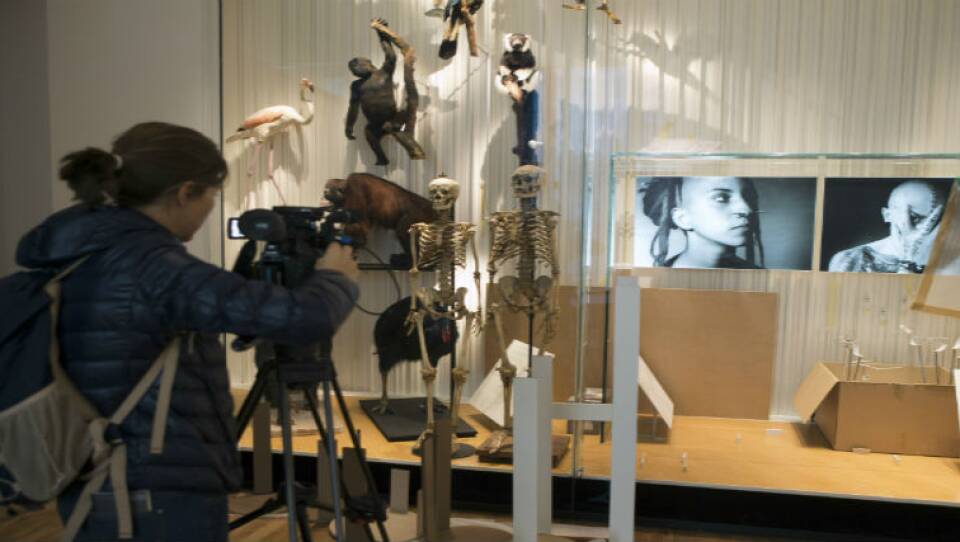Humans have a tailbone for a tail we don’t have, wisdom teeth that don’t fit in our mouths, and tonsils that only seem to cause problems. Not everyone has 20/20 vision, and colds are common. It's no secret that our bodies aren't perfect — but why aren't they?
In his new book, “Human Errors: A Panorama of Our Glitches, from Pointless Bones to Broken Genes,” author Nathan Lents details ways in which evolution has fallen short of perfection, particularly in humans.
“There is this idea that biologists have that the body should be perfect, that evolution produces perfection,” he said. “I call that the new creationism, because really, that is not how evolution works at all ... Evolution does the best it can so you can survive long enough to reproduce. It really doesn’t care about getting things perfect.”
For example, there are two laryngeal nerves that run from the brain to the larynx (otherwise known as our voice box). One nerve takes a direct route, while the other loops down around the heart before traveling back up to the larynx. How does a nerve end up three times longer than it needs to be? It's just an evolutionary mistake, Lents says — something leftover from the days when our ancestors were fish.
Many of our anatomical flaws are like this. They exist because evolution just stopped short, or neglected to solve a problem fully.
Another instance is our susceptibility to upper respiratory infections. Humans get more of them than other animals because our sinus cavities drain from the top. We also choke more frequently because of our poorly-designed throats. Food and air enter through the same hole. Other animals, such as birds, snakes and dolphins are all able to eat and breathe at the same time.
A lot of these anatomical problems can be traced back to our relatively large brains, Lents explains.
“The story of the human body and why we are particularly flawed among other primates is that we evolved these big brains that allowed for things like division of labor and other sorts of technological innovations that really reduced the pressure on our bodies to perform optimally," he said. "We really didn’t have to be so good anymore, as long as you could scrape by to reproductive age."
This explains why humans with poor eyesight, for example, were not killed off by lions back when humans were hunters and gatherers.
“If you imagine life on the African Savanna ... If every single person was a hunter, then I bet you we would have much better vision than we have. But what you have over the past million years or so is pretty extensive division of labor,” Lents said. “There were many ways you could provide value … that didn’t require excellent vision. We could escape that lion by having a social network that warns us about lions.”
While big brains have contributed immensely to human success, they have also taken a toll. Humans struggle much more with reproduction than other animals, even though increasing reproductive odds is what drives natural selection. One reason for this is that infants’ disproportionately large brains struggle to fit through the birth canal.
“If you go back even just 100 years ago, lots of women died in childbirth. Lots of infants died in childbirth or quickly thereafter, and that is just not in keeping with other animals,” Lents said. “If you have ever seen a gorilla give birth, it’s like she doesn’t even notice … it is not a painful, horrific, dramatic process … but we have evolved these huge brains at the cost of childbirth. That is a great example of how we lost sight of the physical form in order to evolve these brains.”




